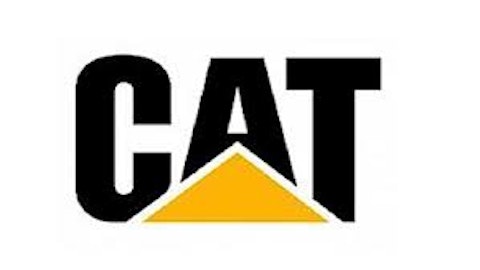The American multinational retail corporation Wal-Mart Stores, Inc. (NYSE:WMT) is the world’s third largest public corporation, the biggest retailer in the world, and the largest private employer in the world with more than two million employees.
Wal-Mart’s Earnings
On Feb. 21, Wal-Mart released its earnings for 4Q 2013. The company’s fourth quarter earnings grew to $5.61 billion, or $1.67 per share, from $5.16 billion, or $1.50 per share, a year before. Analysts had expected Wal-Mart to earn around $1.57 per share. As a result, company’s shares saw a 4 month high on Thursday. The company also increased its annual dividend by 18% to $1.88 per share.
A lower than expected effective tax rate of 27.7% was the main reason behind this surge. Same store sales were up 1% as opposed to Wal-Mart’s expectations of 3%. In food, health & wellness, toys & entertainment, the company gained a significant market share as net sales for the group grew 2.6% to $64.7 billion. Across all groups, revenue increased 3.9% to $127.1 billion.
Forecast for Fiscal year 2014
Wal-Mart Stores, Inc. (NYSE:WMT) didn’t have a great start to its new fiscal year since the delays in income tax refunds had a significant effect on personal disposable incomes. Therefore, the company expects the same store sales to remain flat in the next quarter. For the first quarter, Wal-Mart expects earnings per share of $1.18 on revenues of $117.5 billion. As far as the full year is concerned, analysts expect Wal-Mart to earn $5.37 per share on revenues of $496.21 billion.
Valuation
Wal-Mart is currently trading at a forward P/E (1yr) of 13.08x and has a dividend yield of 2.3%. It has a healthy PEG of 1.52 and a growth rate of 9.5%. Incorporating its dividend yield into its PEG gives us a strong PEGY of 1.22. Using an industry forward P/E of 15.43x, I would value Wal-Mart as follows:
Using consensus estimates, Wal-Mart’s value comes out to be $82.86, depicting the fact that it’s a hugely undervalued stock. Wal-Mart’s currently trading at $70.27; hence, it has an upside potential of almost 18%. Adding a dividend yield of 2.30% in this gives us a total return of more than 20%, making it one of the top buys in the retail sector.
Competitors
Wal-Mart’s close rival, Target Corporation (NYSE:TGT), is trading at a forward P/E (1yr) of 13.15x and has a dividend yield of 2.30%. It has a strong PEG of 1.22 and a PEGY of 1.02. A mean recommendation of 2.1 on the sell depicts that Target is one of the top buys in the industry. Using earnings multiples, I value Target at $74.37. At the moment, Target Corporation (NYSE:TGT) is trading around $63, so it has an upside potential of almost 17%, making it a must buy. You can have a further look at my detailed take on Target here.
On the other hand, wholesale giant Costco Wholesale Corporation (NASDAQ:COST) is trading at a forward P/E (1yr) of 20.06x, making it more expensive than its peers. The foremost reason behind this is Costco’s whopping growth rate of 14.15%, enticing investors to pay more for Costco Wholesale Corporation (NASDAQ:COST). It has a dividend yield of 1.10% and a PEG of 1.73. A mean recommendation of 2.1 on the sell side testifies the fact that it’s one of the best buys in the industry, along with Wal-Mart and Target.
Conclusion
As consumers wait for their tax refunds in the early part of 2013, their low incomes were the core reason behind Wal-Mart’s low revenues. However, as most of the consumers should start receiving their refunds in the early part of March, sales volume will eventually see an upward trend. With high gas prices and payroll taxes on the cards, Wal-Mart’s low pricing should certainly mint healthy revenues for the company. The prices which Wal-mart can offer are hard to beat, if that’s not impossible. Wal-Mart’s competitors can either offer high prices and offer quality products or sell low priced items for low prices. In contrast, Wal-Mart offers low priced / high quality products, which has always been the unique selling point of the retail giant. With the U.S. economy shrinking in the fourth quarter, consumers will definitely look for these sort of products. The bottom line is that Wal-Mart is still the number one retailer in the U.S, and will continue to generate substantial profits this year. In short, it’s a must buy.
The article The Undisputed Retail Champion originally appeared on Fool.com and is written by Waqar Saif.
Copyright © 1995 – 2013 The Motley Fool, LLC. All rights reserved. The Motley Fool has a disclosure policy.






